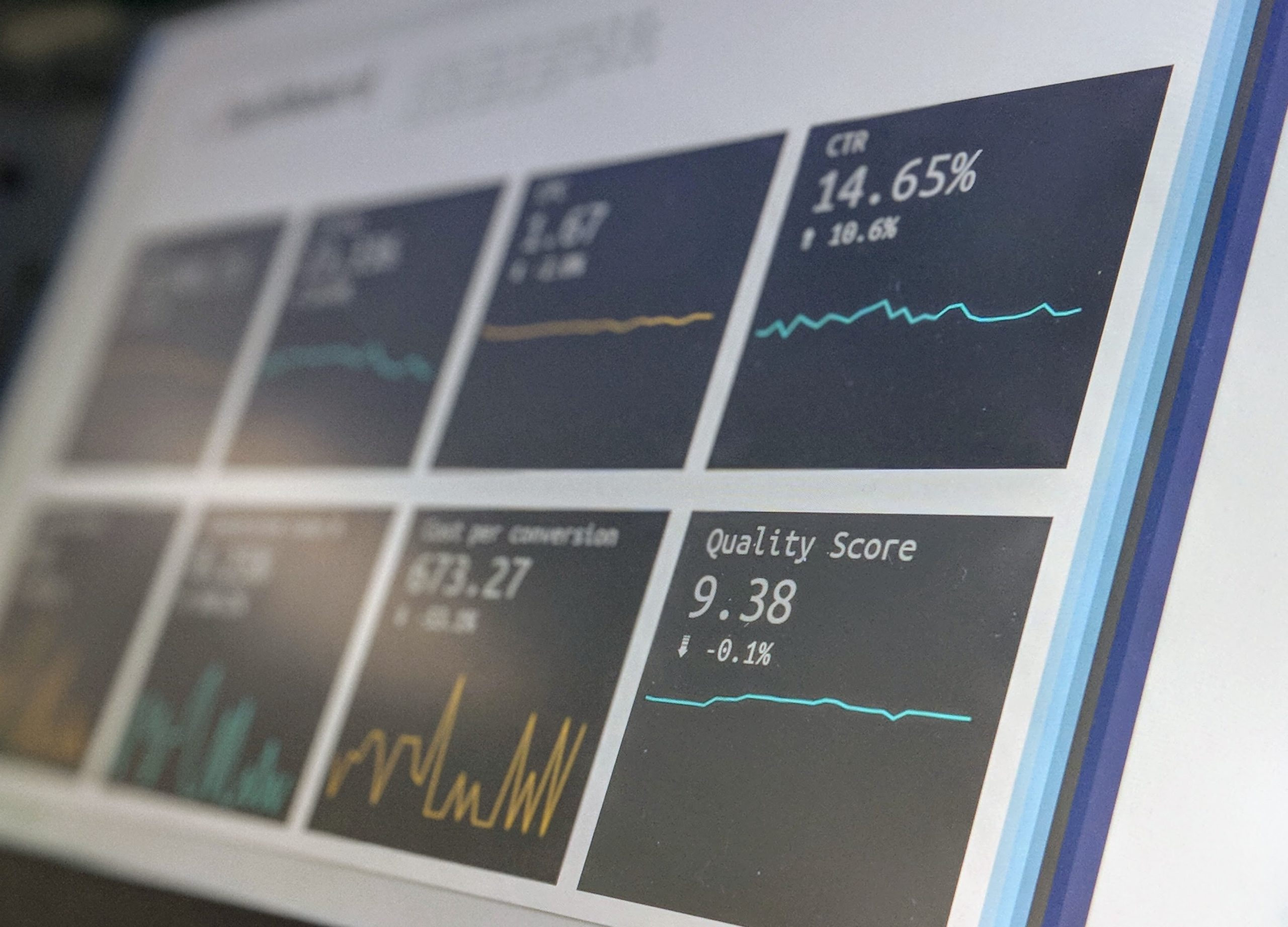Data analytics has rapidly transformed the sports industry, especially in the realm of predictions. What once relied heavily on intuition and traditional statistics now involves sophisticated algorithms and big data to forecast player and team performances with greater precision. This shift is evident in daily fantasy sports (DFS) platforms like Chalkboard, where users can apply DFS promo codes and make informed decisions on prop picks by leveraging real-time analytics.

The growing use of data analytics in sports has enabled teams, analysts, and even casual fans to dive deeper into player statistics, team dynamics, and game trends. In recent years, wearables, sensors, and AI-powered tools have made it easier to track performance metrics like speed, stamina, positioning, and shooting efficiency, all in real time. This granular level of data, once limited to professional teams, is now available to DFS enthusiasts who want to enhance their betting strategies.
One of the most significant innovations in sports predictions is the use of machine learning models. These algorithms analyze historical data, identify patterns, and predict outcomes with increasing accuracy as they are exposed to more data. For example, machine learning models might assess a football player’s past performance, environmental factors like weather conditions, and even opposition defenses to predict the likelihood of a touchdown. Such insights are invaluable to fantasy sports players and sports bettors who seek an analytical edge when placing bets or making picks.
Beyond machine learning, player tracking technology has also become an integral part of the predictive landscape. Devices like GPS trackers and wearables are being used in real-time to monitor athletes’ physical output. These metrics allow teams to not only optimize game strategies but also predict player fatigue and the risk of injury. In turn, these predictions are utilized in DFS to forecast which players are more likely to perform well in an upcoming match. This use of predictive analytics is also changing the way coaches manage teams, refining their strategies with data-driven insights that were previously unimaginable.
In sports like basketball and football, data analytics has given rise to advanced statistical measures that go far beyond traditional metrics such as points scored or passes completed. Basketball, for instance, uses shot charts to analyze where players are most effective on the court. These visual tools break down shooting efficiency by zone, allowing coaches and analysts to predict future success based on past shot performance. DFS players can use such advanced analytics to make smarter predictions about players’ performances during games.
Moreover, data analytics isn’t just changing the way games are played—it’s influencing how fans interact with the sport. As mobile apps and DFS platforms become more sophisticated, users are increasingly provided with real-time data that helps shape their betting strategies. For example, DFS apps may offer live updates on player performance or predictions based on ongoing game events. This seamless integration of data into user experience is elevating engagement and empowering fans to make better predictions while enjoying the games.
The power of artificial intelligence (AI) is another driving force behind the changes in sports predictions. AI, combined with big data, can continuously process and learn from the vast amounts of information generated during games. As a result, AI models can make highly accurate predictions on everything from player stats to game outcomes. Whether analyzing years of performance data or adjusting in real time based on current game conditions, AI’s role in sports analytics is proving transformative.

One prominent example of the practical use of data analytics in sports is the development of sabermetrics in baseball, a form of advanced statistics that has changed the way analysts evaluate player contributions. With its focus on detailed statistics such as on-base percentage (OBP) and fielding-independent pitching (FIP), sabermetrics allows for a more precise prediction of player and team performance. Sabermetrics has influenced other sports, prompting the development of similar advanced analytics in football, basketball, and soccer.
For a deeper dive into how analytics are shaping the future of sports predictions, check out this comprehensive report on data analytics in sports. As more tools and platforms become available, fans and analysts alike are empowered to use data for more accurate predictions.
Ultimately, the widespread adoption of data analytics is fundamentally changing how we approach sports predictions. Whether you’re a seasoned sports analyst or a casual fan using DFS platforms, understanding and leveraging data analytics can significantly improve your ability to make accurate predictions. With access to tools like real-time player tracking and machine learning models, sports enthusiasts can expect even more sophisticated predictive technologies in the future, further bridging the gap between data and sports.



